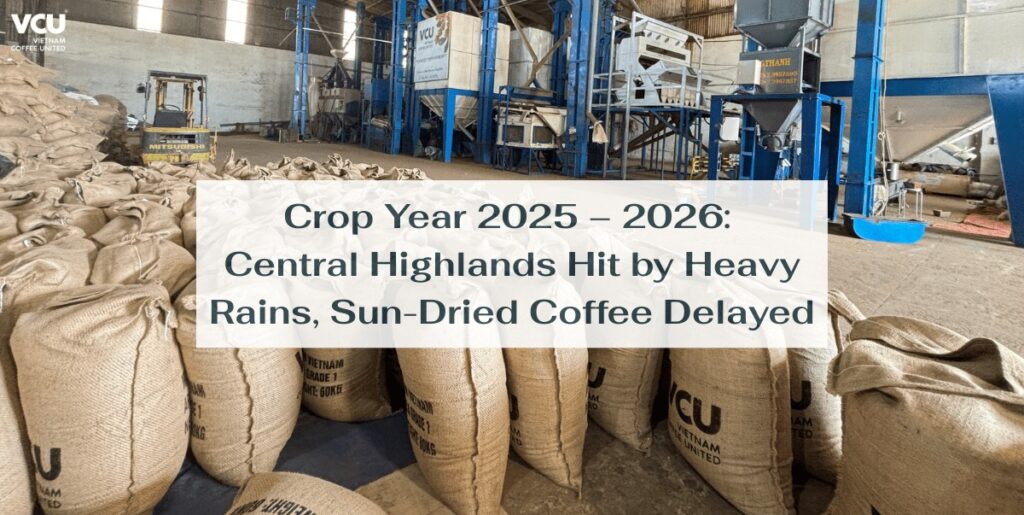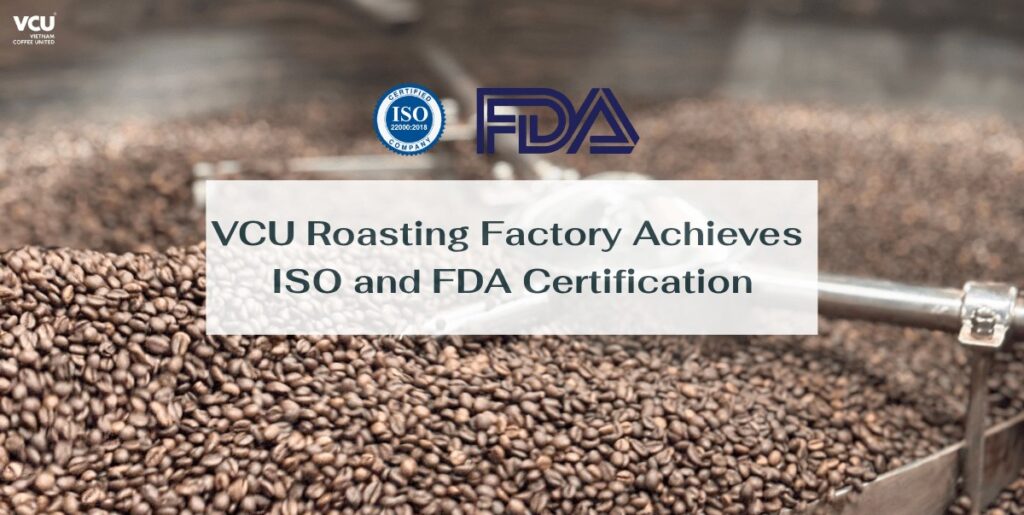What is robusta coffee?
What is Robusta coffee? When did it appear? What value does Robusta bring? Let’s find out details in this article.
Introduction to Robusta Coffee
Many sources indicate that there are actually 131 species in the Coffee genus recognized by science, but only Arabica and Robusta are cultivated on a global scale. In Vietnam, Robusta is also known as coffea canephora. The name “Robusta” reflects its robust nature, with strong resistance to diseases and high yields. For a long time, Robusta was considered inferior to Arabica in quality and value.
However, today, Robusta is increasingly demonstrating its appeal through its flavor and is gaining economic value with varieties such as Fine Robusta and High-Quality Robusta.
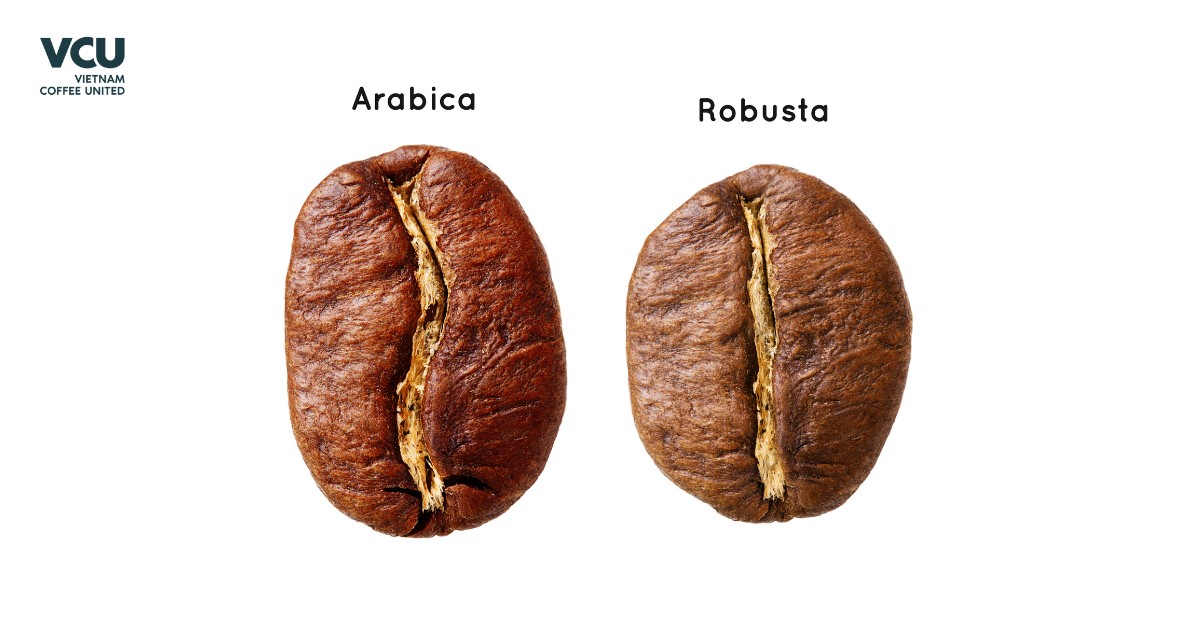
Origin
Robusta coffee originates from Central and West Africa. In the late 19th century, Robusta was discovered in Congo, marking a significant development in the cultivation and expansion of this coffee type.
Robusta plantations began to flourish in the early 20th century, especially in colonial countries. However, World War II disrupted its growth. After many African countries gained independence, new governments and farmers worked hard to promote the development of Robusta.
Today, Robusta is not only grown in Africa but also in northern Brazil, and in Asian countries like Vietnam, India, and Indonesia. Robusta accounts for about 40% of global coffee production, and compared to Arabica, it is relatively “young.” For many years, Vietnam has been the world’s second-largest exporter of Robusta.
Through this section, we have a basic understanding of “what is Robusta coffee.”
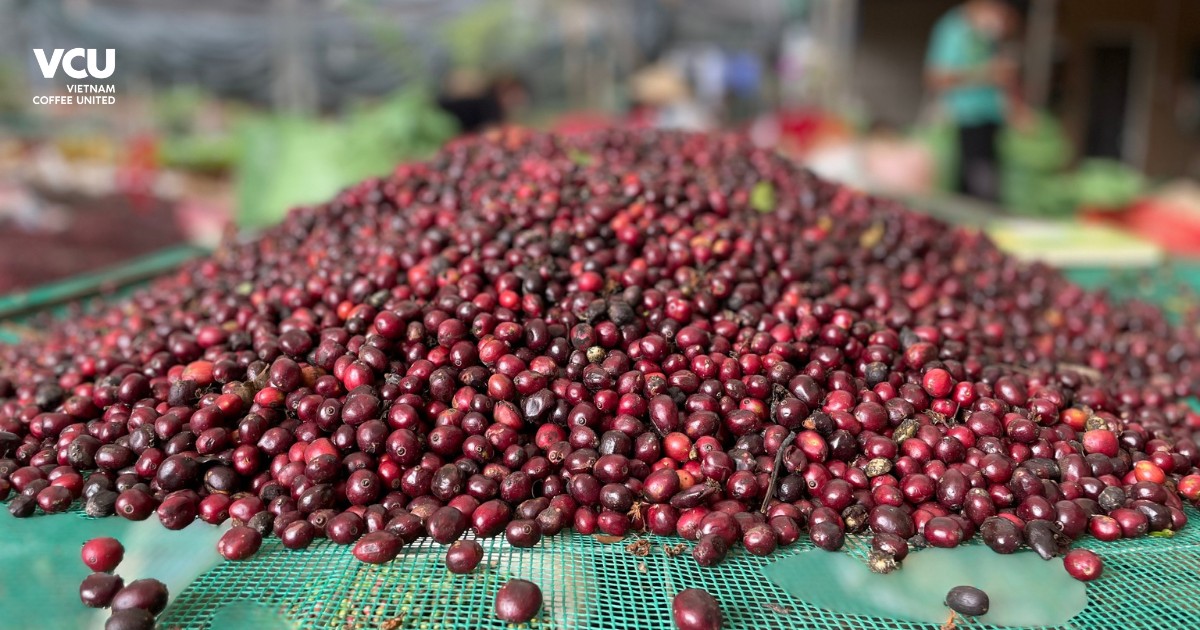
Flavor Profile of Robusta
Robusta is known for its strong, bold flavor and greater bitterness compared to Arabica. It was often rated as inferior to other coffee types. You can detect flavors reminiscent of cereals, wood, and earth. Robusta contains a high amount of Chlorogenic Acid, but the “sour taste” is not a characteristic; instead, it has a “bitter taste.”
During roasting, CGA breaks down into caffeic acid and quinic acid, along with caffeine, which contributes to the common bitterness of Robusta.
However, the specific flavor of Robusta also depends on various factors such as the growing region, processing method, and roasting level. Robusta is well-suited for espresso or drip brewing. In Italy, Robusta is often used for extracting Espresso to enhance its richness. Additionally, Robusta is favored for making cappuccinos and lattes.
Characteristics of the Robusta Plant
In nature, Robusta coffee plants can grow from 8 to 10 meters tall. They have a woody trunk, spreading branches with dark green, glossy leaves that grow symmetrically on either side of the branches. The leaves are generally larger and wider than those of Arabica coffee, with an elliptical or rectangular shape. Robusta coffee flowers are white, fragrant, similar to Arabica flowers, and bloom in clusters at each branch node. The flowers are hermaphroditic; although they can self-pollinate technically, the presence of pollinators like bees can significantly improve the quality and size of the beans.
Robusta beans are typically smaller and rounder than Arabica beans, with a straight crease down the center.
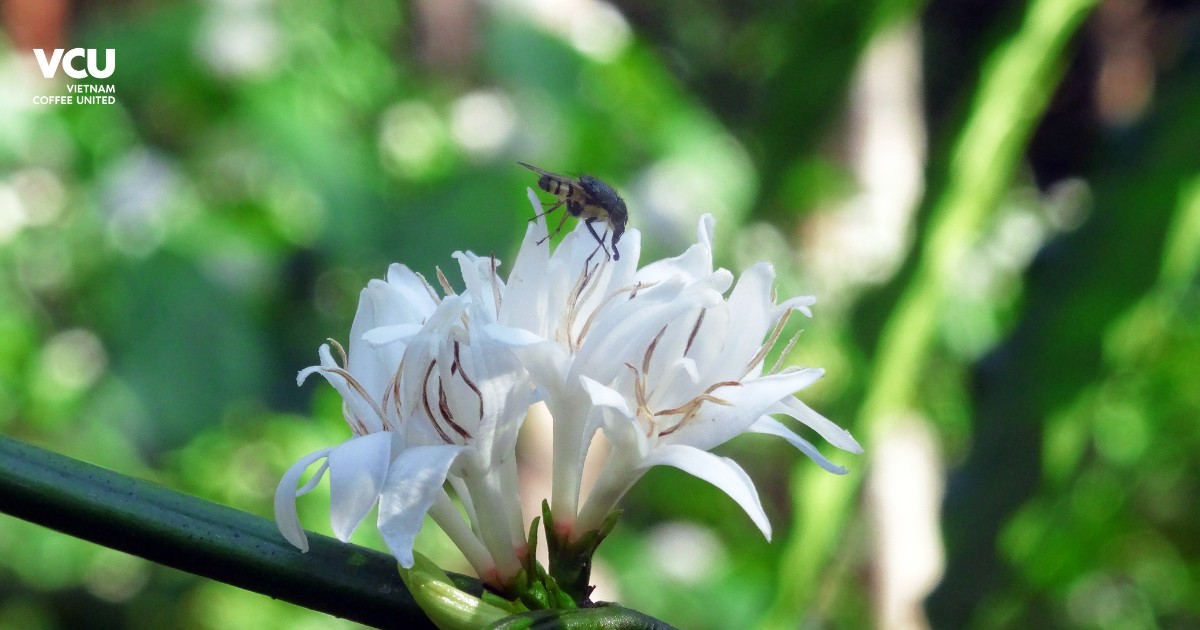
Cultivation
Robusta thrives in lowland areas with a hot, humid climate. Therefore, Vietnam’s climate is particularly suitable for growing Robusta, with over 80% of Vietnam’s coffee exports being Robusta. This shows its adaptation and suitability to the natural conditions for this coffee type.
Like Arabica, Robusta plants can begin to be harvested at 3 to 4 years of age and produce beans for 20 to 30 years. The ideal altitude for growing Robusta is below 1000 meters, with temperatures between 24 to 29 degrees Celsius, rainfall exceeding 1000 mm, and ample sunlight. However, in recent years, climate change has severely affected the yield and quality of Robusta.
Vietnam – A Coffee Powerhouse
After the revolution and gaining independence, the Vietnamese government sought to rebuild the economy and identified coffee as a key path to economic development. By the late 1970s and 1980s, Vietnam began focusing on Robusta coffee production. The economic reforms of the mid-1980s accelerated the development of Vietnam’s coffee industry. At the same time, international trade was opened up, encouraging local producers to grow and export coffee.
The combination of government support, international investment, and a favorable environment allowed Robusta cultivation to expand rapidly. By the 1990s, Vietnam had become one of the largest producers of Robusta in the world. Alongside Brazil, Vietnam is the second-largest exporter of Robusta coffee. Thanks to advancements in cultivation methods, processing techniques, and environmental management, the quality has improved, addressing environmental issues and ensuring long-term sustainability for Vietnam’s coffee industry.
Vietnamese Robusta coffee is famous for its strong flavor with earthy notes of wood, nuts, and caramel.
Robusta – A Sustainable Choice
Robusta is considered more sustainable than Arabica coffee for several reasons, including its lower environmental requirements, reduced water needs, and greater tolerance to environmental stressors.
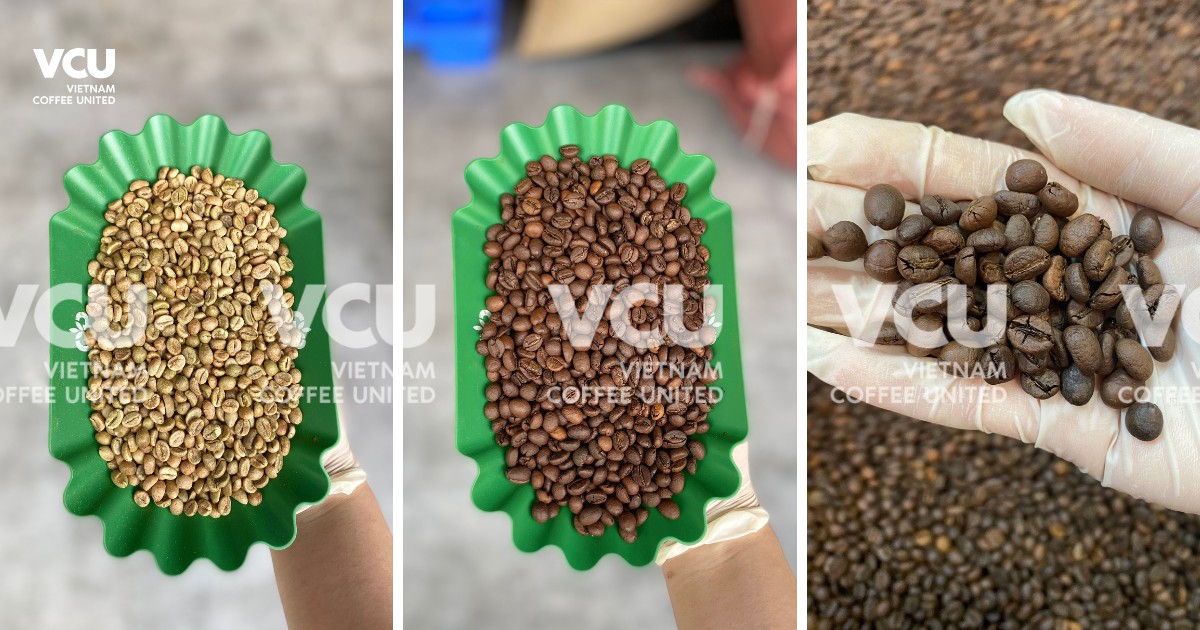
Environmental Adaptability
Robusta is adaptable to various environmental conditions. As climate change leads to hotter and more variable conditions, Robusta has more advantages. However, environmental concerns such as water scarcity still need to be addressed to maintain productivity and quality. Arabica coffee is known for its “delicate” nature, requiring specific conditions such as suitable altitude, stable climate, and adequate rainfall. Robusta’s adaptability makes it less resource-intensive compared to Arabica, thus reducing production costs.
Lower Water Requirements
Compared to Arabica, Robusta requires less water, making its cultivation more sustainable, especially in areas at risk of water scarcity and drought. Given current climate change and increasing water shortages, Robusta offers a more sustainable option for the future of coffee. Nevertheless, solutions must still be found to ensure sufficient water for plant growth, stabilizing productivity and quality.
Pest and Disease Resistance
Robusta has higher resistance to pests and diseases than Arabica, allowing it to thrive in diverse ecosystems. Its higher caffeine content also contributes to its pest resistance. This reduces the need for chemical pesticides and fungicides, promoting a healthier ecosystem and resulting in a cleaner cup of coffee.
Here is some information about Robusta coffee that we have compiled from various sources. If you need coffee advice, please contact VCU!
Contact Information
VCU Joint Stock Company (VCU JSC)
Address:
– Roasting Facility: Residential Group 6, Chu Prong Town, Chu Prong District, Gia Lai Province
– Green Bean Facility: Ia Der Commune, Ia Grai District, Gia Lai Province
– Hotline: +84 941 203 879
– Fanpage: VCU – Vietnam Coffee United
– Email: info@vietnamcoffeeunited.com

